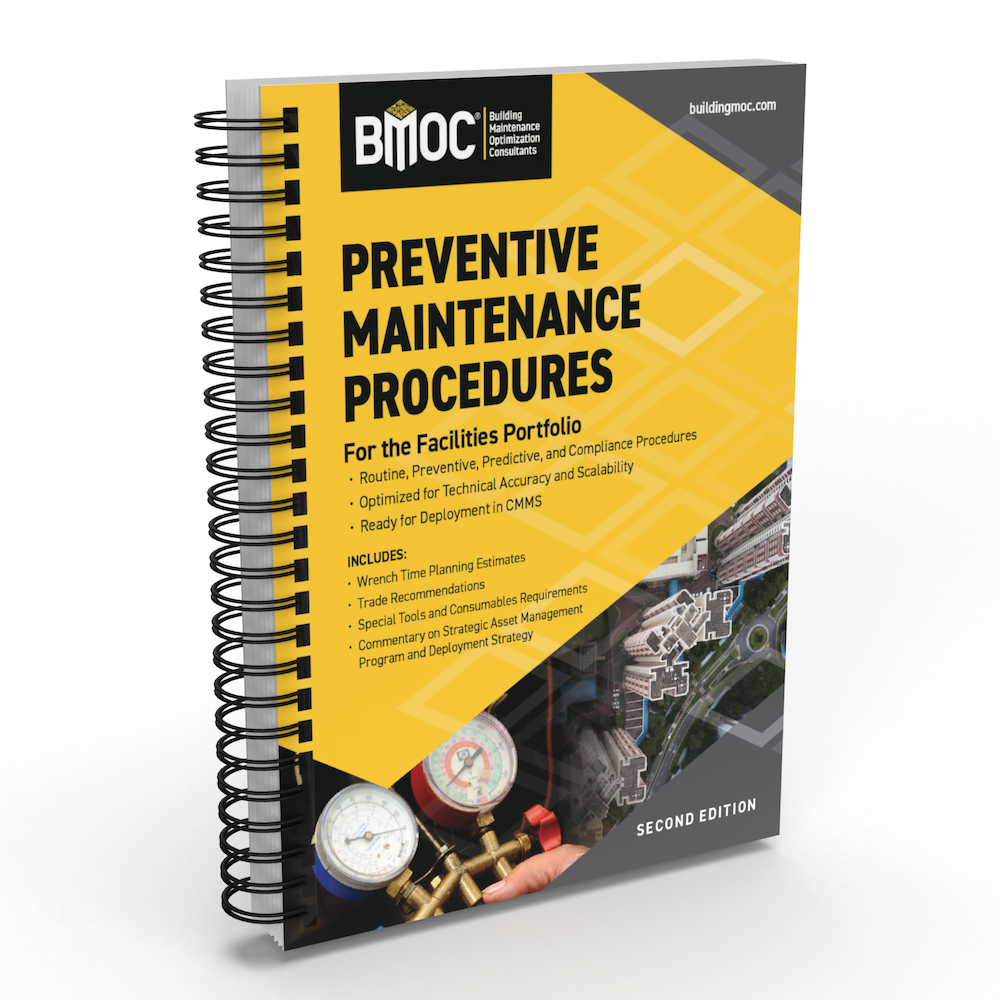Saint-Gobain has started up operations at its new electrical powerhouse on its flagship manufacturing campus in Worcester, Massachusetts, which is projected to reduce the site’s carbon dioxide emissions by 50%.
The $22.3 Million investment in upgraded equipment comes as the company continues to roll out its global Grow and Impact strategy, which includes striving towards carbon neutrality by the year 2050. Saint-Gobain employs 1,000 people at its Worcester campus, which opened in 1885.
The new powerhouse will rely on a state-of-the-art natural gas turbine to produce electricity, which will be distributed across the manufacturing campus. A portion of the turbine’s exhaust gas will be captured and re-used to reduce emissions and further improve the powerhouse’s efficiency. The new equipment replaces a steam-powered turbine that was installed in the 1950s.
The powerhouse will be connected to the site’s local electrical grid, allowing the turbine to also potentially provide electricity to nearby residential neighborhoods in case of a power outage or natural disaster.
“Our new power generation equipment is a strategic investment in the future of our operations in Worcester, and a significant stride forward towards our global sustainability goals,” said Patrick Dwyer, Vice President for Saint-Gobain Abrasives North America. “We will continue to push ourselves to maximize our company’s positive impact, for our customers and the communities where we do business, while striving to minimize our environmental footprint.”
In Worcester, Saint-Gobain manufactures grinding and cutting wheels for many different markets, ranging from industrial uses such as automotive and aerospace to electronic and medical applications and consumer applications. The company is currently looking to hire 50 new employees in its manufacturing operations. A complete list of job openings at all Saint-Gobain locations, including in Worcester, can be found on the company’s website.
The investment in new power generation technology in Worcester follows several other recent actions taken by the company to solidify its commitment towards sustainability:
- In October, the company announced it had launched a pilot circular economy program, opening the door for post-consumer recycling efforts at its gypsum plant in Buchanan, New York.
- In September, the company announced it would save two million gallons of water per year at its CertainTeed siding plant in Social Circle, Georgia after installing a smart water meter system.
- In August, the company announced its intent to install equipment at its Palatka, Florida gypsum plant that will increase the recycled content in its wallboard products by 18,000 tons/year while also reducing the site’s carbon dioxide emissions by 2,260 tons/year.
- In July, Saint-Gobain announced the upgrade of key equipment at its Buchanan, New York gypsum plant, saving nearly 700,000 kWh of electricity per year and also reducing the plant’s greenhouse gas emissions.
- In June, Saint-Gobain announced a $91 Million CAD investment in its gypsum plant in Montreal, creating the first zero-carbon manufacturing site for wallboard in North America and increasing the plant’s production capacity by 40%.
- In May, Saint-Gobain announced its newly installed recycling technology at its gypsum wallboard plant in Nashville, Arkansas would save 65,000 tons of material per year from landfill.
- In April, Saint-Gobain entered into a recycling partnership at its SageGlass electrochromic glass production site in Fairbault, Minnesota, saving 1,000 tons of material per year from landfill over the next five years.
- In March, Saint-Gobain North America announced it would install heat recovery technology at its CertainTeed gypsum manufacturing site in Vancouver, British Columbia, which will reduce the plant’s carbon dioxide emissions by 10% and improve its energy efficiency.
- Also in March, Saint-Gobain announced that through its virtual Power Purchase Agreement with the Blooming Grove Wind Farm in McLean County, Illinois, and additional renewables contracting, the company received renewable energy certificates that effectively reduced approximately 33% of its CO2 emissions from electricity usage in 2021 in the United States and Canada.
- In February, the company invested $32 Million to upgrade equipment at its insulation plant in Chowchilla, California, reducing the facility’s carbon footprint by more than 4,000 metric tons per year.
- In January, Saint-Gobain North America donated a zero energy ready house in Canton, Ohio, made with more than 20 of its own products, to Habitat for Humanity.

.jpg?height=200&t=1662053503&width=200)


